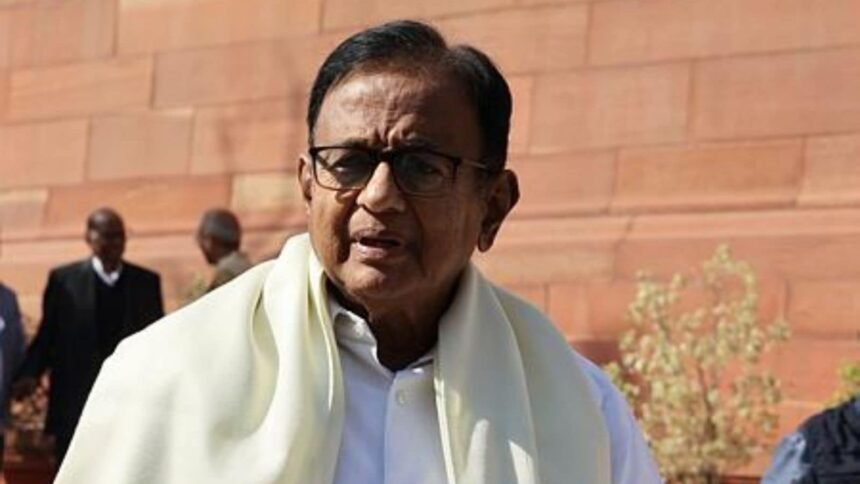A day after the Goods and Services Tax Council meeting cleared the next-generation reforms under the eight-year-old indirect tax regime, the Congress said Thursday that for years, the party, economists and the middle and poorer sections of the people have “pointed out that the design of the GST and the initial rates were wrong, but the government turned a deaf ear”.
The GST Council, in its 56th meeting, cleared the next-generation reforms under an eight-year-old indirect tax regime. This effectively paves the way for a broad two-slab structure of 5 per cent and 18 per cent, with a demerit rate of 40 per cent only for super luxury, sin and demerit goods.
In a statement, former Union minister P Chidambaram said that the GST rationalisation and reduction of the rates are welcome, “but one is left with the thought that these steps are eight years too late”.
“I am happy that the government has realised that the path on which they had walked for 8 years was wrong, and done a U-turn. It should have always been a Good and Simple Tax… The middle and poor classes will heave a sigh of relief,” Chidambaram said.
“The government and, in particular, the FM had defended the flawed design and the complicated multiple rates so far. It is heartening to see the FM and other government leaders applauding the changes made yesterday,” he added.
‘GST 1.0 had reached a dead end’
In a separate statement, Congress MP and communication in charge Jairam Ramesh said the party has for long been advocating for a GST 2.0 that reduces the number of rates, cuts the rates on a large number of items of mass consumption, minimises evasion, mis-classification, and disputes, does away with inverted duty structure (lower tax on output as compared to inputs), eases the compliance burden on MSMEs, and expands GST coverage.
“The Union Finance Minister has made major announcements last evening after the meeting of the GST Council, which is a constitutional body. However, even before the GST Council meeting, the Prime Minister had already proclaimed the substance of its decisions in his Independence Day speech of August 15th, 2025. Is the GST Council to be reduced to a formality?” asked Ramesh.
Story continues below this ad
He said that, faced with a lack of buoyancy in private consumption, subdued rates of private investment, and endless classification disputes, Union Finance Minister Nirmala Sitharaman has finally recognised that GST 1.0 had reached a “dead end”. “In fact, the very design of GST 1.0 was flawed and this had been pointed out by the INC way back in July 2017 itself, when the PM had made one of his typical U turns and decided to introduce GST. It was meant to be a Good and Simple Tax. It turned out to be a Growth Suppressing Tax,” said Ramesh.
He said Thursday evening’s announcements have certainly made headlines since the Prime Minister Narendra Modi had already laid down the pre-Diwali deadlines.
“Presumably, the benefits of rate cuts will be passed on to consumers. However, the wait for a true GST 2.0 continues. Whether this new GST 1.5, if it can be called that, stimulates private investment – especially in manufacturing – remains to be seen. Whether this will ease the burden on MSMEs, time alone will tell. Meanwhile, one key demand of the states made in the true spirit of cooperative federalism — namely, the extension of compensation for another five years to fully protect their revenues — remains unaddressed. In fact, that demand assumes even greater importance now,” said Ramesh.







